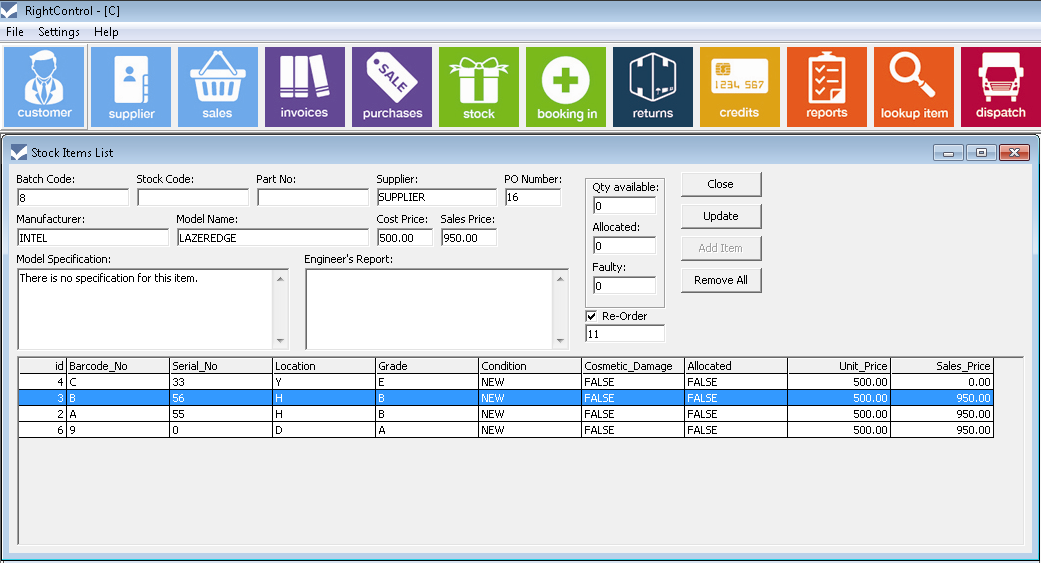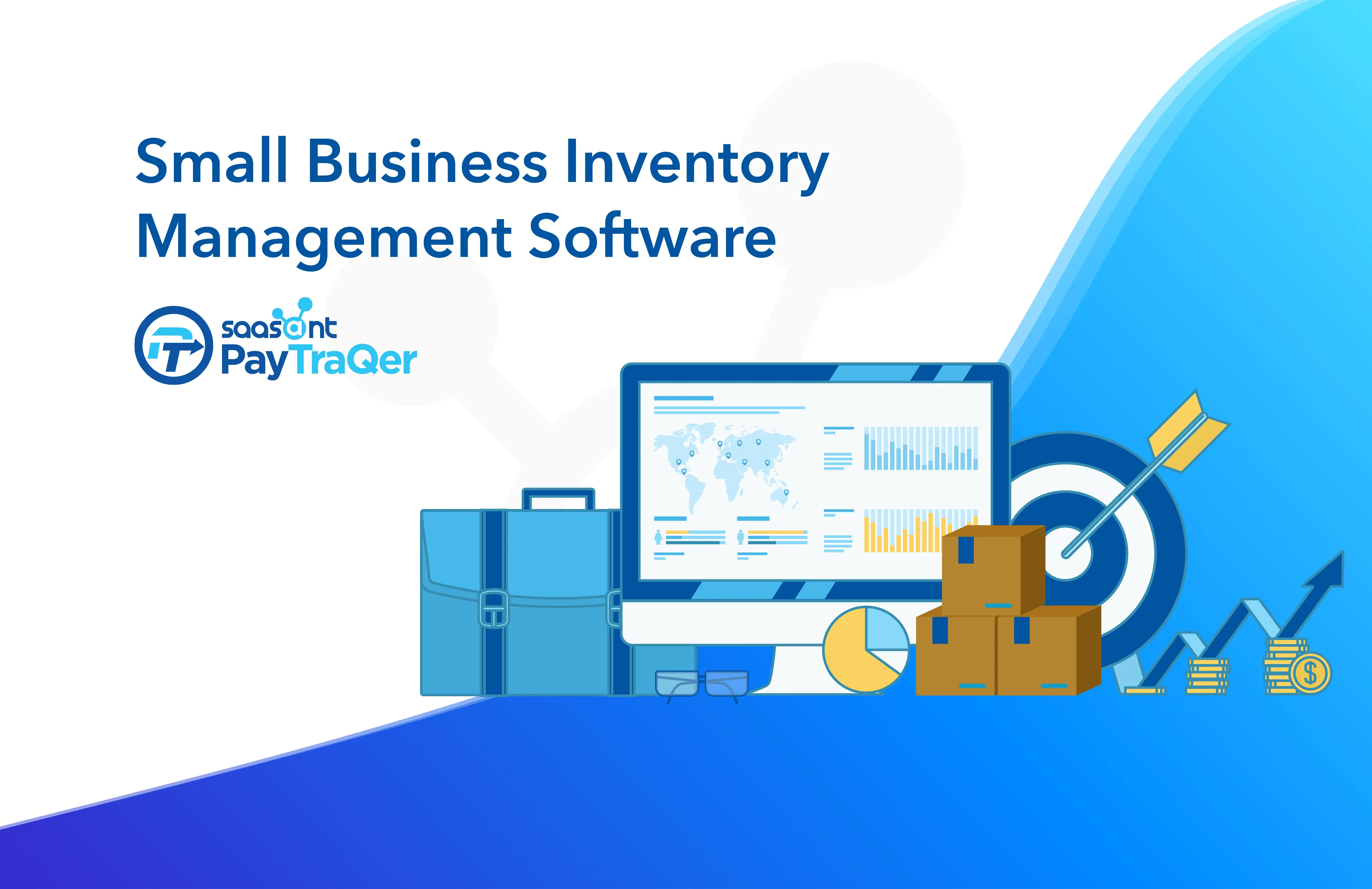Business inventory and sales software is an indispensable tool for businesses of all sizes looking to streamline their operations, enhance customer satisfaction, and make informed decisions. This comprehensive guide delves into the key features, benefits, and considerations of inventory and sales management software, providing a roadmap to improved efficiency and profitability.
From inventory tracking and valuation to order processing and customer relationship management, this software empowers businesses to gain real-time visibility into their inventory levels, sales performance, and customer interactions. By leveraging data analytics and seamless integrations, businesses can optimize their operations, reduce costs, and deliver exceptional customer experiences.
Inventory Management Features

Inventory management software streamlines the process of tracking and managing inventory, helping businesses optimize their stock levels, reduce waste, and improve customer satisfaction. Key features of inventory management software include:
Stock Tracking
Inventory management software provides real-time visibility into inventory levels, allowing businesses to track stock levels across multiple locations and warehouses. This helps businesses avoid stockouts and overstocking, ensuring they always have the right amount of inventory to meet customer demand.
Inventory Valuation
Inventory management software can be used to value inventory using various methods, such as FIFO (first-in, first-out) or LIFO (last-in, first-out). This helps businesses accurately track the cost of goods sold and maintain accurate financial records.
Reorder Point Calculations, Business inventory and sales software
Inventory management software can be used to calculate reorder points, which are the minimum inventory levels at which a new order should be placed. This helps businesses avoid stockouts and ensure they always have enough inventory to meet customer demand.
Inventory management software offers numerous benefits for businesses of all sizes, including:
- Improved inventory accuracy
- Reduced stockouts
- Optimized stock levels
- Improved customer satisfaction
- Reduced waste
Sales Management Capabilities: Business Inventory And Sales Software

The software empowers businesses with comprehensive sales management capabilities, streamlining order processing, enhancing customer relationships, and enabling accurate sales forecasting.
With automated order processing, businesses can efficiently manage orders, track order status, and update inventory levels in real-time. The software’s robust CRM capabilities provide a centralized platform for managing customer data, tracking interactions, and nurturing relationships.
Customer Relationship Management (CRM)
- Centralized customer data management, including contact information, purchase history, and preferences.
- Automated communication channels for personalized email campaigns, targeted marketing, and prompt customer support.
- Real-time insights into customer behavior and preferences for tailored interactions and improved customer satisfaction.
Sales Forecasting
- Data-driven sales forecasting based on historical sales data, seasonal trends, and market analysis.
- Identification of potential sales opportunities and risks for proactive planning and resource allocation.
- Improved decision-making and enhanced sales performance through accurate demand forecasting.
Advantages of Integrating Inventory and Sales Management
- Elimination of data silos and improved data accuracy across departments.
- Real-time visibility into inventory levels, allowing for optimal stock management and preventing overstocking or stockouts.
- Automated order fulfillment based on real-time inventory availability, reducing errors and improving customer satisfaction.
- Enhanced collaboration between sales and inventory teams, enabling quick response to customer demands and market trends.
Reporting and Analytics
Unlock actionable insights with our comprehensive reporting and analytics capabilities. Customize reports to meet your specific needs, visualize data with interactive dashboards, and make informed decisions based on real-time insights.
Customizable Reports
- Create personalized reports tailored to your unique business requirements.
- Select from a wide range of metrics, including inventory levels, sales performance, and customer behavior.
- Export reports in various formats, such as PDF, Excel, and CSV, for easy sharing and analysis.
Interactive Dashboards
Visualize key performance indicators (KPIs) with interactive dashboards. Drill down into specific data points, filter by different criteria, and gain a comprehensive understanding of your inventory and sales performance.
Data Visualization Tools
- Leverage powerful data visualization tools to present complex data in an easy-to-understand format.
- Create charts, graphs, and other visual representations to identify trends, patterns, and outliers.
- Gain a quick and intuitive overview of your inventory and sales performance.
Importance of Data Analysis
Data analysis is crucial for making informed business decisions. By leveraging our reporting and analytics capabilities, you can:
- Identify areas for improvement in inventory management and sales strategies.
- Forecast demand, optimize stock levels, and reduce waste.
- Understand customer behavior, personalize marketing campaigns, and increase sales.
- Gain a competitive advantage by leveraging data-driven insights.
Integrations and Compatibility

Seamless integrations and compatibility are crucial for any business inventory and sales software. By connecting with various third-party applications and systems, the software extends its functionality and streamlines business operations.
Common integrations include:
E-commerce Platforms
- Integrations with e-commerce platforms allow businesses to manage inventory, process orders, and fulfill shipments directly from the software.
- This eliminates the need for manual data entry and reduces the risk of errors, improving efficiency and accuracy.
- Examples: Shopify, WooCommerce, Magento.
Accounting Systems
- Integrating with accounting systems enables automatic syncing of financial data, such as sales invoices, payments, and expenses.
- This eliminates the need for double data entry, saving time and reducing errors.
- Examples: QuickBooks, Xero, Sage.
Shipping Carriers
- Integrations with shipping carriers allow businesses to generate shipping labels, track shipments, and calculate shipping costs directly from the software.
- This simplifies the shipping process, reduces manual labor, and improves customer satisfaction.
- Examples: FedEx, UPS, DHL.
Choosing software that is compatible with existing systems and workflows is essential. Compatibility ensures seamless data flow, eliminates the need for manual workarounds, and reduces the risk of errors.
User Interface and Usability

The user interface (UI) of the inventory and sales software is designed to be intuitive and easy to navigate, even for users with limited technical experience. The software features a clean and modern design, with clearly labeled menus and buttons that make it easy to find the information and functionality you need.
The software also offers a high degree of customization, allowing you to tailor the interface to your specific needs. You can change the color scheme, add or remove menu items, and even create your own custom dashboards. This flexibility ensures that you can create a user experience that is both efficient and enjoyable.
Improved User Experience and Productivity
A well-designed UI can significantly improve user experience and productivity. By making it easy to find the information and functionality you need, the software can help you save time and reduce errors. Additionally, a customizable interface allows you to create a workspace that is tailored to your specific needs, which can further boost your productivity.
Importance of a User-Friendly Interface
Choosing software with a user-friendly interface is important for businesses of all sizes. A well-designed UI can help you improve user adoption, reduce training costs, and increase employee satisfaction. Additionally, a user-friendly interface can make it easier to attract and retain customers, as they will be more likely to do business with a company that offers a positive user experience.
Pricing and Support
Inventory and sales management software pricing models vary depending on the vendor, features offered, and the size of the business. Common pricing models include:
Subscription-based
A monthly or annual fee for access to the software and its features.
Per-user
A fee for each user who accesses the software.
Tiered
Different pricing plans with varying levels of features and support.Businesses should consider the following factors when choosing a pricing plan:
Business size and needs
Smaller businesses may opt for a basic plan, while larger businesses may require a more comprehensive plan.
Features required
Consider the specific features needed for your business, such as inventory tracking, order management, or reporting capabilities.
Budget
Determine the amount your business is willing to spend on inventory and sales management software.Reliable customer support is crucial for businesses using inventory and sales management software. Look for vendors that offer:
Multiple support channels
Phone, email, chat, and online documentation.
Quick response times
Businesses need prompt assistance when issues arise.
Knowledgeable support staff
Support staff should be well-versed in the software and able to provide effective solutions.
End of Discussion
In conclusion, business inventory and sales software is a transformative solution that empowers businesses to automate tasks, streamline processes, and make data-driven decisions. By embracing this technology, businesses can gain a competitive edge, enhance customer loyalty, and unlock new opportunities for growth.
Common Queries
What are the key benefits of using inventory and sales management software?
Improved inventory accuracy, reduced stockouts, increased sales, enhanced customer satisfaction, and data-driven decision-making.
How can businesses choose the right inventory and sales management software?
Consider factors such as business size, industry, specific needs, budget, and compatibility with existing systems.
What are the common integrations available with inventory and sales management software?
E-commerce platforms, accounting systems, shipping carriers, and customer relationship management (CRM) tools.
